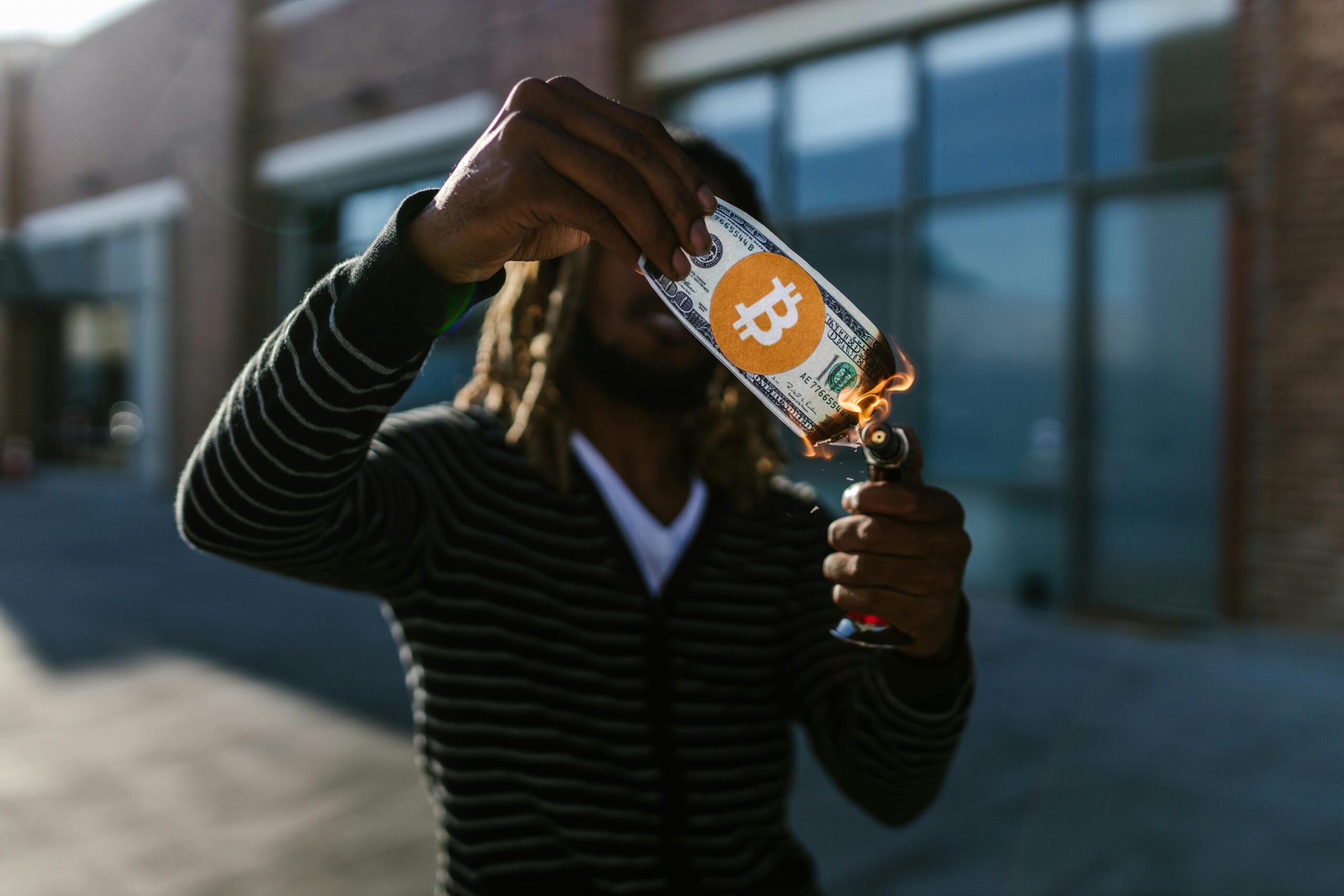In the realm of cryptocurrencies, one term you might often encounter is ‘crypto burn’ or ‘coin burn.’ This concept, though seemingly abstract, plays a crucial role in determining the value and scarcity of a particular cryptocurrency. Let’s delve into this concept and understand what it means to ‘burn’ crypto.
Defining Crypto Burning
Crypto burning, also referred to as coin burning, is an intentional process initiated by the cryptocurrency community aiming to reduce the total number of coins in circulation. The process involves sending a specific number of coins to an inaccessible or ‘eater’ wallet address, thereby permanently eliminating those tokens from the network.
This process mirrors the concept of stock buybacks in traditional finance, where a company repurchases its shares from the open market, reducing the total number of shares available. However, in the context of cryptocurrencies, the process is irreversible. Once the coins are sent to the ‘eater’ address, they are gone forever.
The Purpose Behind Crypto Burning
The rationale behind crypto burning can vary significantly based on the specific goals and protocols of the cryptocurrency in question. Below are some of the predominant reasons why coin burns are initiated:
1. As a Consensus Mechanism
Some cryptocurrencies adopt Proof-of-Burn (PoB) as their consensus mechanism. In such networks, the miners must burn a portion of their coins to earn the right to mine new blocks of transactions. The more tokens they burn, the more they can mine. This method is seen as an efficient way of validating transactions without the energy-intensive requirements of Proof-of-Work models.
2. To Combat Spam
The process of burning a part of each transaction fee can be an effective deterrent against spam transactions and Distributed Denial-of-Service Attacks (DDoS). This method ensures that every transaction has a cost, thus preventing the network from being inundated with fraudulent transactions.
3. To Enhance Coin’s Value
Burning coins can create scarcity in the cryptocurrency market, potentially leading to a price increase due to the basic economic principle of supply and demand. However, an increase in value post coin burn is not guaranteed and can vary based on market dynamics and investor sentiment.
4. To Maintain Stability in Stablecoins
In the case of stablecoins, coin burning can be an essential mechanism to ensure their value remains pegged to their respective fiat currency. If the price of a stablecoin deviates from its peg, the protocol’s smart contract can automatically burn or issue new tokens to maintain the stable price.
5. To Demonstrate Long-Term Commitment
Cryptocurrency project owners may initiate coin burns as a show of long-term commitment towards the scarcity of their token. This strategy can instill confidence in investors, encouraging them to remain invested in the long term.
6. To Foster Mining Balance
In some cases, the PoB system can establish regular coin burns that help maintain a balance between new users and early adopters. This mechanism stimulates the mining of new coins, thereby maintaining a balance in the coin’s ecosystem.
The Pros and Cons of Crypto Burning
Like any other financial mechanism, crypto burning comes with its own set of advantages and drawbacks. Here’s a quick overview:
Pros of Crypto Burning
- Crypto burning can potentially enhance a token’s value by reducing its supply.
- It can help control inflation for a particular cryptocurrency.
- PoB serves as a low-energy consensus mechanism.
- It can protect the network from fraudulent activities.
Cons of Crypto Burning
- Coin burning may not significantly impact long-term prices.
- Coin burns can be manipulated, with developers falsely claiming to burn tokens.
- Some investors might perceive coin burning as a manipulation tactic, leading to a loss of confidence in the project.
History and Examples of Crypto Burns
Coin burning emerged as a common strategy amongst cryptocurrencies around 2017. Several notable cryptocurrencies have employed this strategy, including Binance Coin (BNB), Stellar (XLM), and Ethereum.
For instance, Binance Coin initiated its series of quarterly burns in 2017, aiming to eliminate 50% of the total BNB supply. Ethereum, on the other hand, burned over 2 million of its Ether tokens in March 2022 as part of an automated process, triggered by a fork in its blockchain.
Final Thoughts on Crypto Burning
Crypto burning is a crucial mechanism in the cryptocurrency ecosystem that can significantly influence a token’s value, supply, and overall network dynamics. While it can potentially enhance a token’s value, it’s critical to remember that the impact of a coin burn can vary based on a multitude of factors, including market dynamics and investor sentiment. As such, it’s advisable for investors to thoroughly research and understand the implications of coin burning before investing in a particular cryptocurrency.
Please note that investing in cryptocurrencies involves a high degree of risk, and it’s crucial to consider your risk tolerance and financial situation before making investment decisions.








